Mexican traditional dances are much more than simple performances; they are lively traditions built from centuries of many different cultural backgrounds. Known as baile folklorico, these dances celebrate Mexico’s varied history, showing its indigenous origins, the strong effects of European colonization, and the important additions from African cultures. Each movement, from the swirl of skirts to the tapping of feet, tells a story, helping to keep Mexico’s history and culture alive without the need for words.
From spirited dances like the Jarabe Tapatío, which acts out courtship, to the ritual steps of the Danza del Venado, these dances express the heart of Mexican identity. They are a key part of popular culture in Mexico, seen and enjoyed both at home and around the world. Whether performed at big national holidays like September 15th (Independence Day) and November 20th (Revolution Day) or at local town celebrations and religious festivals, Mexican dances draw crowds with their exciting stories, skilled dancers, and bright costumes.

What Makes Mexican Traditional Dances Special?
Main Features and Dance Styles
Mexican traditional dances stand out for their storytelling, often expressing themes of love, history, daily living, and respect for the spiritual world. A famous feature is the zapateado, where dancers use their heels and toes to create rhythms on the floor. Many dances also include moves that copy local animals, like the deer or jaguar, connecting dance to nature and old beliefs.
Costumes are just as important as the steps. They are detailed and colorful, often showing a dancer’s region and the dance’s origin. Costumes add to the visual part of the dance and help tell the story. The overall style is energetic and joyful, mixing careful moves with a sense of fun. Whether lively or serious, each dance leaves a strong impression on the audience.
Mix of Cultures: Indigenous, European, and African Roots
Mexican dances are the result of mixing several cultures. Before the Spanish arrived, dances were closely tied to religion and nature, used in important ceremonies. The Spanish tried to stop these dances, but many survived, especially far from the main cities. Over time, Spanish music, dances, and instruments mixed with indigenous traditions. Polkas, waltzes, and new instruments from Europe often blended with old Mexican styles. For example, the Polka Norteña started as a European dance but became a favorite in Mexican communities.
African influences, brought by enslaved people, shaped dances in places like Veracruz and the Costa Chica. For example, the Danza de los Diablos mixes African rhythms and themes with Mexican traditions. This blend of indigenous, European, and African cultures makes Mexican folk dance especially rich and varied.

How Have Mexican Dances Changed Over Time?
The Colonial Period: Mixing and Adapting
During Spanish colonization, Mexican dances changed quickly as cultures fused together. The Spanish, and later the Catholic Church, tried to stop native dances. Instead, dances were often turned into Christian celebrations, so traditions survived but with new meanings. The Spanish also brought their own dances, such as the Moros y Cristianos and various jotas and boleros, which were changed and mixed with local steps. This period (about 1520-1750) shaped many of today’s Mexican traditional dances.
Growing National Pride in the 20th Century
After Mexico’s Independence, traditional dances became a bigger part of the national identity. The Jarabe Tapatío, known as the “Mexican Hat Dance,” became famous as a symbol of freedom. In the 20th century, especially after the Revolution, there was more effort to celebrate indigenous culture. Artists and the government helped increase the popularity of folk dances, and classes started in schools. The Ballet Folklórico de México was created to keep these traditions alive and share them with the world.
Main Mexican Dances by Region
| Region | Main Dances | Description |
|---|---|---|
| Central | Jarabe Tapatío (Jalisco), Concheros | Jarabe Tapatío is a famous courtship dance with mariachis; Concheros have indigenous roots with ritual elements |
| Northern | Polka Norteña, Danza del Venado | Polka Norteña uses fast steps with European roots; Danza del Venado is ritual, showing a deer hunt |
| Southern | Jarana (Yucatán), Parachicos (Chiapas) | Jarana is lively and social; Parachicos is a festival dance with masks and rattles |
| Eastern | La Bamba (Veracruz), Danza de los Voladores | La Bamba is danced to son jarocho music; Danza de los Voladores is a pole-flying ritual |
| Western | Danza de los Viejitos (Michoacán), Flor de Piña (Oaxaca) | Danza de los Viejitos features men dressed as old men; Flor de Piña celebrates local women and pineapple harvests |

Central Mexico: Jarabe Tapatío and Concheros
- Jarabe Tapatío: Known as the “Mexican Hat Dance,” this is a courtship dance with mariachis and colorful costumes. Women wear the China Poblana dress, while men wear the traditional charro suit.
- Concheros: Rooted in indigenous tradition, this ritual dance uses feathered costumes, greeting the four cardinal points, and blends native and Spanish influences.
Northern Mexico: Polka Norteña and Danza del Venado
- Polka Norteña: Came from German roots and changed into a lively dance with quick footwork, cowboy hats, and boots, showing off ranch traditions.
- Danza del Venado: A Yaqui ritual dance telling the story of a deer hunt, using minimal music, such as flutes and drums.
Southern Mexico: Jarana and Parachicos
- Jarana: From Yucatán, this couples’ dance has fast steps, rigid upper bodies, and sometimes dancers balance bottles on their heads. Women wear embroidered huipiles, men wear white pants and shirts.
- Parachicos: In Chiapas, this festival dance features carved wooden masks, rattles, and bright serapes, performed during the “Great Feast” in January.
Eastern Mexico: La Bamba and Danza de los Voladores
- La Bamba: A folk dance from Veracruz, danced by a couple to harp, guitar, and marimba music. Dresses are flowing and white, with lace details.
- Danza de los Voladores: A traditional Totonac ritual with four dancers swinging down from a tall pole while another plays music at the top, symbolizing a connection to the spiritual world.

Western Mexico: Danza de los Viejitos and Flor de Piña
- Danza de los Viejitos: In Michoacán, men dress as old men, moving slowly at first and then jumping energetically, wearing wooden masks and traditional clothes.
- Flor de Piña: In Oaxaca, women dance while carrying pineapples on their shoulders, wearing colorful huipiles and long braids, celebrating the harvest and womanhood.
Unique Features of Famous Mexican Dances
Jarabe Tapatío: Music, Steps, Meaning
- Music: Played by mariachis with guitars, violins, and trumpets.
- Dance: A courtship between a man and woman, with zapateado (loud footwork).
- Symbolism: The sombrero on the floor represents union, and the costumes show Mexican pride.

Danza de los Viejitos: Humor and Tradition
- Features: Dancers act like elderly men, starting slow and becoming very lively, wearing masks depicting smiling old faces.
- History: Once a tribute to the God of Fire, it now honors elders and symbolizes the four elements or colors of corn.
La Bamba: Fun, Music, and Dress
- Music: Uses harp, guitar, and marimba.
- Dance: Couples perform upbeat, synchronized steps on a wooden platform.
- Outfits: Women wear lacy white dresses and flowers; men wear simple white with a red scarf.
Danza del Venado: Ritual and Indigenous History
- Background: Performed by Yaqui and Mayo people to represent the life of a deer-a symbol of nature and survival.
- Costume: Lead dancer wears antlers and rattles, mimicking the deer; minimal clothes represent closeness to nature.
- Music: Simple flute and drum create the sound of the forest.
Parachicos: Masks and Festival Atmosphere
- Outfits: Carved wooden masks (often European faces), ixtle headdresses, bright costumes, and rattles.
- When: Performed every January at the “Great Feast” in Chiapa de Corzo.
- Importance: Blends indigenous, colonial, and Catholic traditions; masks allow dancers to comment on society without being recognized.
How Do Costumes Show Off Mexican Dance Traditions?
Women’s Dresses and Skirt Movement
- Style: Woman’s dresses are colorful and decorated to match the region and dance.
- Technique: Dancers learn to swing, lift, and spin their skirts to create waves and patterns as part of the dance.
- Variety: For Jarabe Tapatío, women wear the sparkly China Poblana dress; La Bamba features white lacy dresses; Yucatán women wear embroidered huipiles.

Men’s Clothing and Regional Differences
- Charro Suit: Black suit with shiny buttons and a big hat, common in central Mexico’s dances.
- Other Styles: In the north, men wear cowboy hats and boots; in Veracruz, men wear plain white clothes and palm hats; in dances like Danza del Venado, outfits are simpler, showing a closer connection to the land.
Meaning of Colors and Embroidery
- Colors: Bright colors often match the festive mood and show regional pride, with green, white, and red for national dances.
- Embroidery: Patterns and pictures in the thread often tell about the local plants, animals, or culture.
- Special Details: Some costumes use mirrors to reflect light; others use ribbons or unique stitching to stand out.
What Is Ballet Folklórico de México?
Background and Growth
- Ballet Folklórico de México was started in 1952 by dancer Amalia Hernández.
- It helped make traditional dances more popular by adding ballet touches for bigger audiences, like pointed toes and big, planned group numbers.
- The group grew from small shows to regular, large performances at the Palacio de Bellas Artes in Mexico City.
- Now, Ballet Folklórico de México is seen as a symbol of Mexican dance and tours both in Mexico and worldwide.
Main Shows and International Reach
- The Ballet Folklórico performs hundreds of times a year in Mexico and abroad, with shows in more than 60 countries.
- They present famous dances like Jarabe Tapatío and Danza del Venado, as well as newer works like “Adelitas,” inspired by the women of the Mexican Revolution.
- This group has helped people worldwide appreciate Mexican traditions and helped keep folk dance traditions alive and changing.
Why Do Mexican Traditional Dances Matter for National Identity?
Part of Festivals and Culture
- Traditional dances are a big part of holidays and community events, bringing people together to celebrate history, religion, and local stories.
- The special clothing, music, and steps make it easy for people to connect with their region and country, keeping traditions strong and meaningful.
Teaching the Next Generation
- These dances are taught from an early age, at home, during parties, and in schools across Mexico, so the tradition continues.
- The government supports folk dance, with required classes in public schools and special dance academies in many cities.
Tourism and Worldwide Attention
- Mexican dances attract tourists and give people outside Mexico a chance to experience its lively culture.
- Seeing these dances in other countries helps Mexicans feel proud and encourages them to keep these traditions going at home.
- International performances of Mexican dances help share a positive and lively image of Mexico with the world.
Frequently Asked Questions About Mexican Traditional Dances
Are These Dances Still Performed Today?
Yes! Mexican traditional dances are still very common today, both across Mexico and internationally. They are featured during holidays like Independence Day and at many smaller town and religious festivals. There are also many dance schools and ballet folklorico groups dedicated to sharing and teaching these dances. Children learn them at school, and communities take pride in keeping the traditions alive.
How Can You See or Learn Mexican Dances?
If you are in Mexico, you can see performances at places like the Palacio de Bellas Artes or during local festivals. Many cities also have folk dance groups that perform in public. To learn, you can join classes at a dance school or community center, no matter your skill level. Outside Mexico, you can often find classes in cities with Mexican communities, and online lessons can help you get started if you can’t travel. Whether you watch or join in, Mexican traditional dance is an exciting way to experience this rich culture.

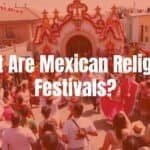





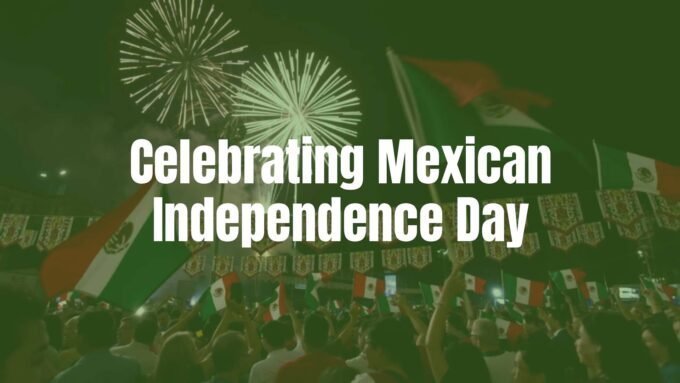
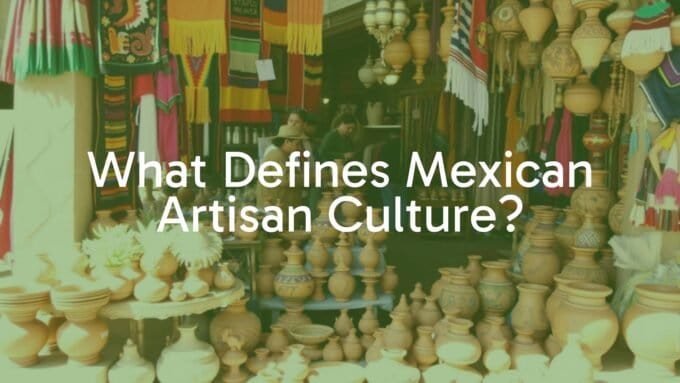
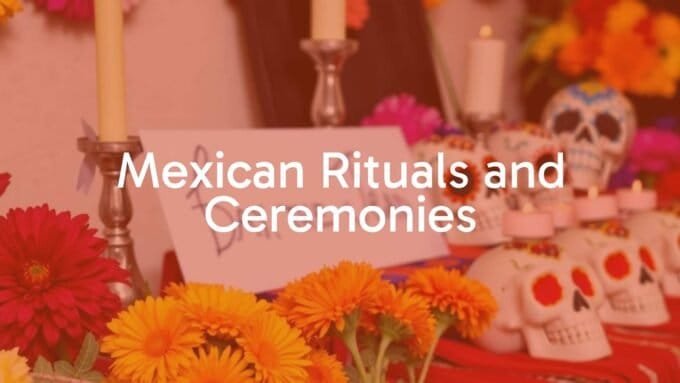

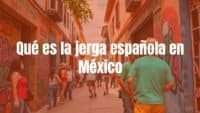
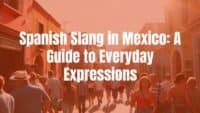
Leave a comment